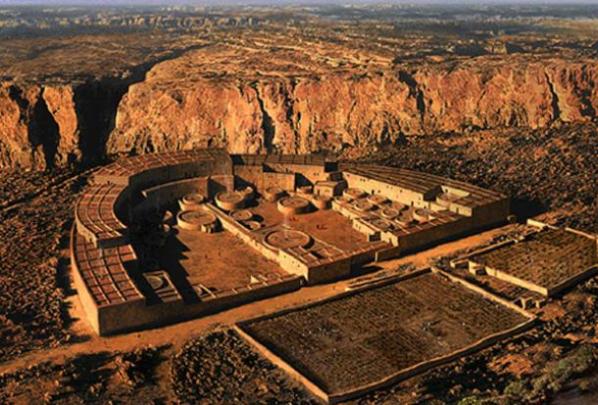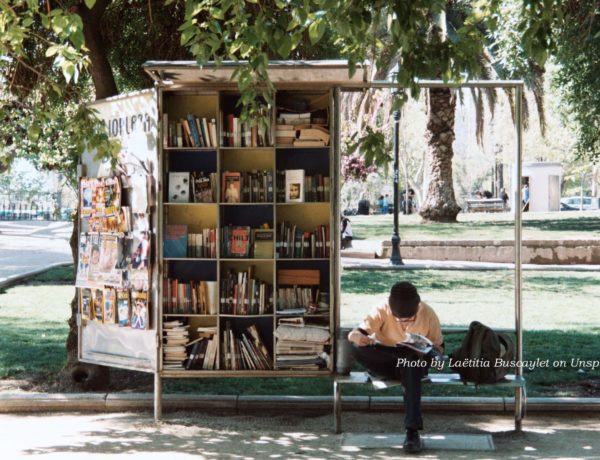Originally published November 8, 2014
The sun was beating down on our heads ringing every drop of moisture from our exhausted bodies. Even with all the modern equipment we had, and warnings from our guide to drink often, it was still a major trek. Such exertion may seem eccentric in this day of virtual reality vacations, but the business of providing those vacations was ferociously competitive. The only way to compete was to provide the most accurate experience possible. Living History, our company, prided itself on providing the most accurate scenario on the market. By traveling to the ends of the earth and getting as much footage as we could, our clients were free to create their own stories. No matter what, they would be fully immersed in the experience. So, here we were, sweltering under the southwestern sun, to film inside the ancient pueblos and monuments.
Even at this late date in history, the mystery of the Anasazi was still not completely solved. Decades of research and new scanning techniques had made it fairly clear that a massive change in climate had robbed them of their primary crops. Focused on competing interpretations of their ancient religions, the war among the tribes and their outside enemies eventually cannibalized the culture. In fact, although debated for many years, it became inescapable that at least one religious faction within the tribe practiced cannibalism. Such tidbits made the world of the Anasazi a popular vacation destination and we were here to get the best footage we could to create that experience.
The monuments in Chaco Canyon had once been accessible by dirt roads mostly suitable for off road vehicles. Because of modern grave robbers and a public with a penchant for blazing their name across history, the park service had long ago closed the monuments to vehicular traffic. Hiking was the only way in. Expensive permits were required, and a guide was mandatory. All expenses which made the trip out of reach for all but the elite. One more reason it was a perfect setting for one of our virtual trips.
We hiked in thirteen miles to the authorized camping site. It was not until early evening that we were able to establish our base camp, sort out our equipment, and prepare ourselves for a quick evening meal and much needed sleep. Filming would start in the pre-dawn hours. Camera crews, programmers, and writers would be working together in real time to create the Anasazi Vacation.
I fell to sleep the moment my head touched the pillow. The coolness of the evening reaching me with something close to a chill, but not quite. My team was assigned the cliffs behind the complex. We were to scale the rocks to the plateau above for a spectacular view of the complex and the valley where it lay. With sufficient detail we could use computer imaging to rebuild it to something resembling what it would have looked like when inhabited. Integration of our work into the overall database would provide a more thoroughly accurate feel for living inside the complex during its heyday. I needed sleep. The night would be short.
Shorter than I expected.
Sometime around midnight I was awakened by chanting. Low, melodic chanting that seemed to be a chorus of several hundred voices. That was not possible. Our whole crew may reach a total of 50 members—but not hundreds. Was someone being funny? Or had someone simply found a good recording of what we thought the Anasazi sounded like?
Unable to sleep I crawled out of my sleeping bag and crept softly to the open tent flap. The full moon looked close enough to touch, big, white and alive with every feature. Across the lighted canyon floor I saw a glow coming from the ancient kiva. Nothing in camp was stirring. I put on a light jacket and my walking boots and stepped out of the tent. I didn’t see anyone, but the chanting continued and the light from the kiva flickered as that of a fire. Shaking my head I retrieved my camera and set out for glowing pit.



No Comments